Karin Pittman introduces collaborative effort at animal health symposium in Canada
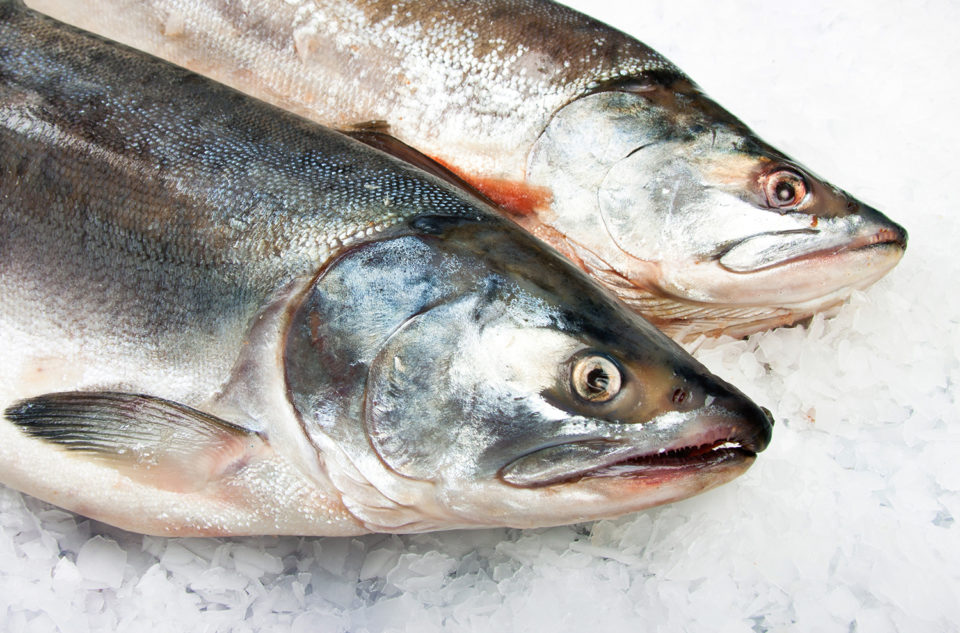
A cooperative effort between salmon scientists in Norway, Scotland, Chile and Canada aims to develop a globally applicable tool to help management and certification of salmon farms.
Based on objective measures of health and robustness, rather than the absence of disease and pathogens, the Quantitative Atlantic Salmon Health (QASH) initiative offers a different approach to salmon production. Its developers hope that the concept may also be transferred to other fish species in the future.
“Health is not the same as the absence of pathogens, which is the current measure of how well a fish is doing. We all have pathogens in our bodies, but it does not mean we are unhealthy,” said lead scientist, Prof. Karin Pittman from the Fisheries Ecology and Aquaculture Research Group at the University of Bergen in Norway. “Our quest is to find out where the tipping point is; that is to say, when a fish goes from being healthy to not being able to tackle the load.”
The QASH initiation team also includes Brit Hjeltnes, Mark Powell and Linda Andersen from Norway; Xavier Gutierrez, Felipe Briceno and Tomas Mosquera from Chile; Mark Braceland from Canada; and Robin Shields and Evelyn Chan from Scotland.
Their first official meeting was held at the Eighth International Symposium on Animal Health (ISAAH 2018), in Prince Edward Island, Canada, in early September. The QASH team also ran a workshop at the event that addressed indicators of health and robustness in farmed Atlantic salmon across the globe.
The workshop aimed to clarify which benchmarks are currently available, which bottlenecks are closest to being resolved, and which assessment packages should be monitored, to ensure long-term health in farmed salmon.
A host of international speakers covered topics included biomarkers, allostasis in fish health, the latest risk assessment matrix for Atlantic salmon smolt welfare, a hypothesized link with fish health and declining marine ingredient levels in Atlantic salmon diets, gut health monitoring and the GutMatters project, the effects of stress on wound healing in Atlantic salmon post-smolts, and the tools and knowledge gaps available in the current toolbox.
There is a clear relationship between skin condition and the abundance of parasites and pathogens, because just 0.007 millimeters separate the fish from its environment.
Existing tools include measurements of weight, growth, appetite and coloration; PCR (polymerase chain reaction) and RT-PCR (reverse transcription-PCR) analysis; evaluation of blood chemistry; specific gill parameters and a matrix for risk. But none of these individually give a complete picture, said Pittman.
The inspiration for QASH came from her work with Quantidioc, where she is the lead researcher. The company won the Global Aquaculture Innovation Award, presented by the Global Aquaculture Alliance at its GOAL conference in 2016.
This company has developed a diagnostic method of quantitatively assessing the distribution, abundance and volume of mucous cells in the skin, gills and guts of fish, which can be related to their health and welfare. Recently trademarked under the name Veribarr, mucosal mapping will form an important part of the QASH toolbox.
“During my work with academics and practitioners through Quantidioc, I noticed that vets had a limited number of diagnostic tools to use, making it difficult for them to assess the overall health and welfare of salmon. Their environmental and welfare indicators were mostly based on parameters such as water quality, temperature, feed ingredients and observed behaviors, which are hard to apply and get an answer as to whether a fish is healthy or not,” said Pittman.
She decided that an approach similar to that of the World Health Organisation (WHO) was needed. WHO developed OneHealth, an overall tool designed to inform national strategic health planning in low- and middle-income countries.
“The aim with QASH is to bring together everything needed to evaluate the status of salmon health in one toolbox, and it made sense to tackle this as a scientific group,” said Pittman. “The new approach allows practitioners to turn the focus away from fish disease and congenital problems towards health, simply by applying quantitative rather than qualitative measures, which we aim to make globally applicable.”
Quantidioc’s Veribarr results are based on a quality index that is obtained by quantifying mucosal tissue parameters as mucus cell size and mucus cell density. Veribarr has been tried and tested on salmon, trout, sea bass, yellowtail, lumpfish and sculpins. Pittman and her team are looking forward to working with the first set of samples from tilapia in the near future.
“The mucosal tissue of any animal or human is related to the immune system and therefore indicates the health and wellness of the body,” she explained. “Any changes in diet, environment and the effects of medicines will show up in the quality index, as will changes caused by illness in an animal. There is also a clear relationship between skin condition and the abundance of parasites and pathogens, because just 0.007 millimeters separate the fish from its environment.”
She explained that fish skin cells are living, rather than dead as in humans, and that they both live and learn.
“In recirculation systems, fish skin cells learn to adapt to a narrow band of environmental stressors, but when they are transported to sea as smolts, the mucosal layer has to learn all over again. Our results show that this is one reason for mortalities both during smolt transfer and in the longer term, if the cells do not adapt quickly,” she said.
Pittman believes that the best option for monitoring fish health is to focus on the gills, which are under-evaluated. These are 50 percent of the surface area of the fish and are responsible for respiration and excretion. In general, the gills are the sentinel tissue, the first to be exposed and the first to be affected by a wide range of outside influences.
Skin is the shield that can withstand treatments, but if it is allowed to dry out or is exposed to harsh treatments, then it will lose its effectiveness as a protective agent. Guts are the foundation and are very quickly affected by stress.
“We know that stress can override the effects of any diet, but the feed companies are doing a lot of good work to help fish in times of stress,” Pittman said.
For Dr. Robin Shields, senior aquaculture innovation manager at the Scottish Aquaculture Innovation Centre (SAIC), the QASH workshop was a vital step towards helping Scotland’s salmon industry.
“Fish health and welfare is one of the Scottish Aquaculture Innovation Centre’s (SAIC) priority innovation areas, and I am delighted that we are part of this important international collaboration. The QASH workshop was a great success, giving rise to some very interesting actions going forward. I would like to extend a special thank-you to aquaculture students Athina Papadopoulou and Elizabeth Buba, who came to Canada with us supported by a SAIC travel grant, to present their research and help facilitate the workshop,” said Shields.
Follow the Advocate on Twitter @GAA_Advocate
Author
-
Nicki Holmyard
Nicki Holmyard has written about the seafood industry for longer than she cares to remember! A committed pescetarian, she is also a partner in the UK’s first fully offshore rope-grown mussel farm.
Tagged With
Related Posts
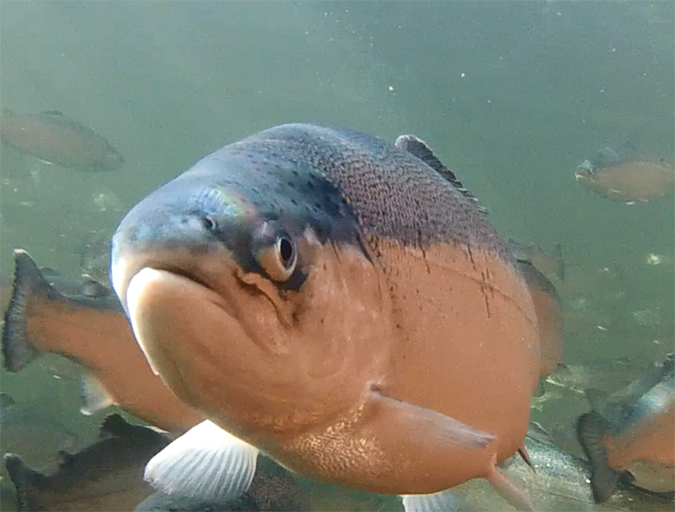
Innovation & Investment
Mucosal mapping architect wins aquaculture innovation award
Quantidoc AS in Norway is the commercialization of Prof. Karin Pittman’s years of fish health research. Pittman, winner of this year’s Global Aquaculture Innovation and Leadership Award, utilizes stereology to measure and better understand mucous on gill, gut and skin tissues – the first line of defense for fish.
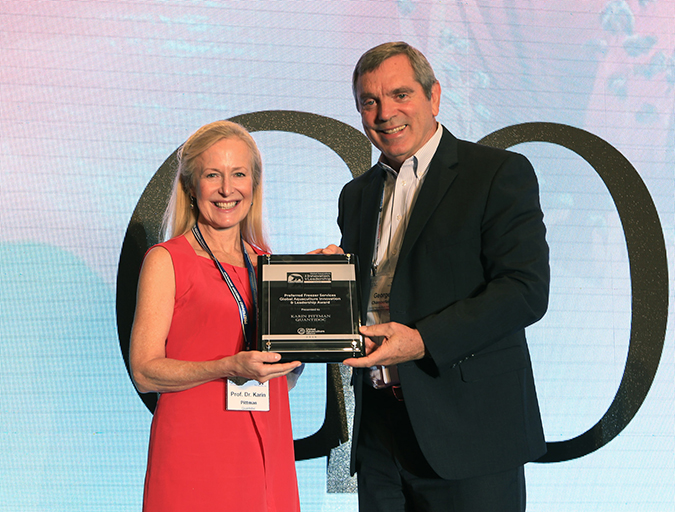
Responsibility
Healthy planet: Recap of Day 3 at GOAL
On the third and final day of the Global Aquaculture Alliance’s annual GOAL conference, held in Guangzhou, China, the theme of “healthy planet” permeated every presentation. Innovation, investment, efficiency, transparency and improvement are the clarion calls for aquaculture.
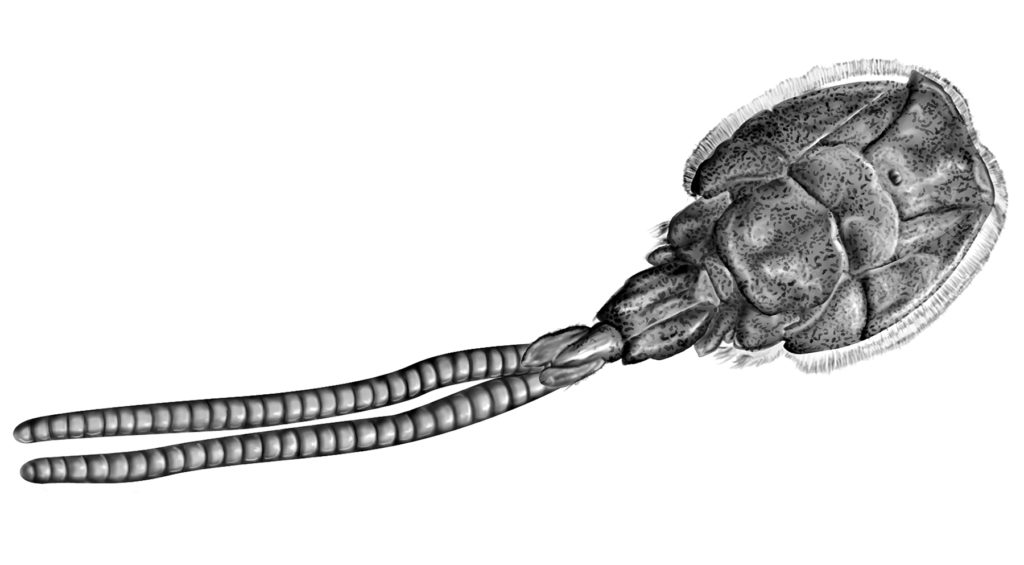
Health & Welfare
Animal health giants have sea lice in their crosshairs
Alltech and Benchmark have been working on the next generation of sea lice solutions and believe they have new products that can help salmon farmers win.
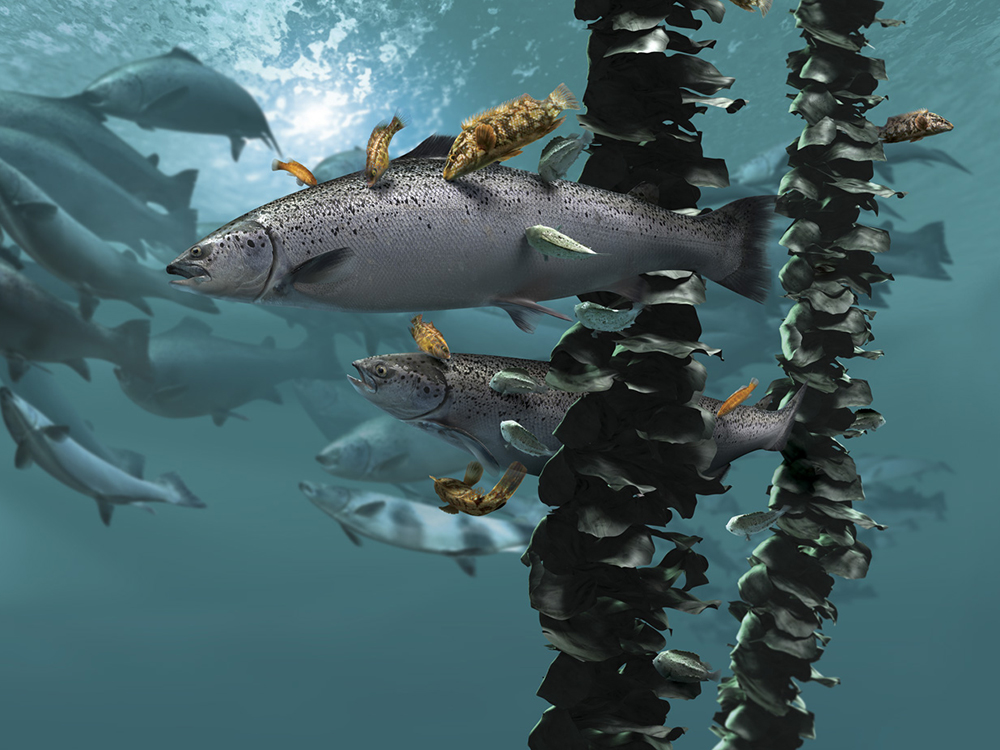
Health & Welfare
In sea lice fight, salmon farmers phasing out hydrogen peroxide
An over-reliance on medical and chemical controls, along with warming waters, led to a surge in sea lice. With such treatments waning in effectiveness, operators turn to other, safer measures.


